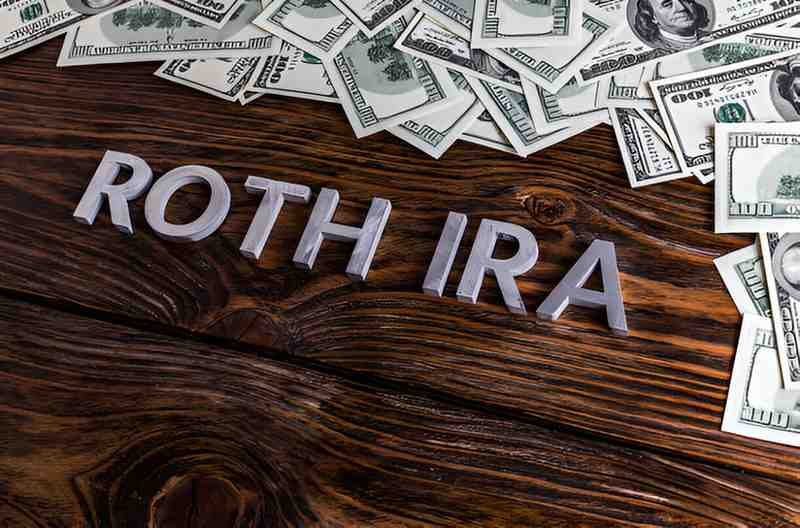As a finance expert, I often get asked whether Roth IRAs and mutual funds are the same. The short answer is no—they serve different purposes in an investment strategy. A Roth IRA is a type of retirement account with tax advantages, while a mutual fund is an investment vehicle that pools money from multiple investors to buy securities.
Table of Contents
What Is a Roth IRA?
A Roth IRA is an individual retirement account that offers tax-free growth and withdrawals in retirement. Unlike traditional IRAs, contributions to a Roth IRA are made with after-tax dollars. This means you don’t get an upfront tax deduction, but qualified withdrawals—including earnings—are tax-free.
Key Features of a Roth IRA
- Tax-Free Withdrawals: After age 59½, as long as the account has been open for at least five years, withdrawals are tax-free.
- No Required Minimum Distributions (RMDs): Unlike traditional IRAs, Roth IRAs don’t force you to withdraw money at a certain age.
- Income Limits: High earners may be restricted from contributing directly to a Roth IRA. For 2024, the phase-out range starts at $146,000 for single filers and $230,000 for married couples filing jointly.
- Contribution Limits: In 2024, the maximum contribution is $7,000 ($8,000 if you’re 50 or older).
Example: Roth IRA Growth
Suppose I contribute $6,000 annually to a Roth IRA for 30 years, earning an average annual return of 7%. The future value can be calculated using the future value of an annuity formula:
FV = P \times \frac{(1 + r)^n - 1}{r}Where:
- P = \$6,000 (annual contribution)
- r = 0.07 (7% return)
- n = 30 years
Since withdrawals are tax-free, the entire amount is mine to keep.
What Is a Mutual Fund?
A mutual fund is an investment vehicle that pools money from multiple investors to buy a diversified portfolio of stocks, bonds, or other securities. They are managed by professional portfolio managers.
Key Features of Mutual Funds
- Diversification: Even a small investment gives exposure to a broad range of assets.
- Professional Management: Fund managers make investment decisions.
- Liquidity: Shares can be bought or sold at the end of each trading day at the net asset value (NAV).
- Fees: Expense ratios and sometimes sales loads apply.
Example: Mutual Fund Returns
If I invest $10,000 in a mutual fund with an average annual return of 8% and an expense ratio of 0.5%, the growth over 20 years can be calculated as:
FV = P \times (1 + (r - \text{expense ratio}))^nWhere:
- P = \$10,000
- r = 0.08
- \text{expense ratio} = 0.005
- n = 20
Without the expense ratio, the return would have been higher:
FV = 10000 \times (1 + 0.08)^{20} \approx \$46,610This shows how fees impact long-term growth.
Roth IRA vs. Mutual Funds: A Side-by-Side Comparison
| Feature | Roth IRA | Mutual Fund |
|---|---|---|
| Tax Benefits | Tax-free growth & withdrawals | Taxable unless held in a tax-advantaged account |
| Contribution Limits | $7,000 (2024) | No limit |
| Withdrawal Rules | Penalty-free after 59½ | Anytime (capital gains tax may apply) |
| Investment Options | Can hold mutual funds, ETFs, stocks, bonds | Only holds securities based on fund strategy |
| Management | Self-directed or managed | Professionally managed |
| Income Restrictions | Yes (for direct contributions) | No |
Can You Combine a Roth IRA and Mutual Funds?
Yes! A Roth IRA is an account type, while a mutual fund is an investment. I can hold mutual funds inside my Roth IRA to benefit from both tax-free growth and professional management.
Example: Mutual Funds in a Roth IRA
If I invest $6,000 annually in an S&P 500 index mutual fund (average return: 10%) inside a Roth IRA for 30 years:
FV = 6000 \times \frac{(1 + 0.10)^{30} - 1}{0.10} \approx \$986,964All of this is tax-free in retirement.
Which One Should You Choose?
- Choose a Roth IRA if: You want tax-free retirement income and meet the income requirements.
- Choose a mutual fund if: You seek diversification but don’t need tax advantages (or already max out retirement accounts).
- Best strategy: Use a Roth IRA to hold mutual funds for long-term, tax-free growth.
Final Thoughts
Roth IRAs and mutual funds are not the same, but they complement each other. A Roth IRA provides the tax wrapper, while mutual funds offer the investment engine. By combining both, I maximize tax efficiency and growth potential.





